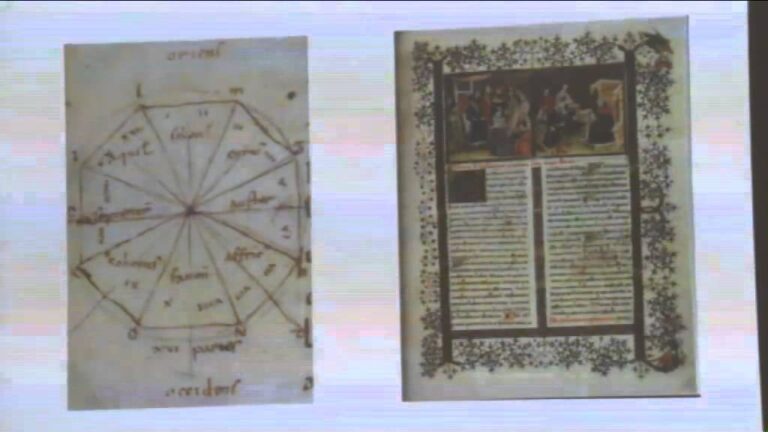
Lecture date: 2012-02-20
A lecture on the state of architectural history, criticism and theory, and how we arrived at the present impasse.
From the intense exploration of postwar theory (Cullen, Rowe, Banham, Smithsons), to the post-structuralist ‘revolution’ (Tafuri, Derrida), to the postmodern reaction (Portoghesi, Jencks), to the present digital divide.
Anthony Vidler is Dean and Professor of the Irwin S Chanin School of Architecture at the Cooper Union, New York. His most recent books are James Frazer Stirling: Notes from the Archive (Yale University Press, 2010) and The Scenes of the Street and other Essays (Monacelli Press, 2011). He is a Fellow of the American Academy of Arts and Sciences, and received the architecture award from the American Academy of Arts and Letters in 2011.
Lecture Transcription:
Brett Steele introduces Anthony Vidler.
ANTHONY VIDLER: The first time I thought of troubles in theory was with Sandy Wilson (Sir Colin St John Wilson) in Cambridge in 1965 when he claimed that the “theory of theories to kill all theories was Christian Norberg-Schulz’s Intentions in Architecture.” After reading it I realized that this was a rather weak attempt at either theory or a theory to kill all theories and that there must be an attempt to dispel a lot of anxiety and worries underneath the real theories emerging at the time. The second time I thought of troubles in theory was some days ago when I received a 400-pages white volume which claimed to be a comprehensive unified theory for architecture. After reading it I realized that theory was in real trouble, precisely because someone had realized that to deal with the problems existing, a unified theory (which in the end was nothing of the sort) had to be written. I present, therefore, two quotations: “we lack of a satisfying theory of architecture” Christian Norberg-Schulz, 1965, and “a comprehensive, unified theory of architecture is important.” No-one has attempted to unify theories of Le Corbusier and Pevsner, since perhaps The International Style, or perhaps since the work of Christian Norberg-Schulz and then, Patrik Schumacher, Parametricism. Today I will give the shortest version of the history of architecture theory that I can give in an hour, following a book I have been writing for the last ten years, with the aim to deal with the notion of theory that has emerged since the Second World War. I have the feeling that all the troubles in architecture theory, and in architecture itself, have been driven by wars. Wars have produced the economy of the global market, which have produced the economy which drives architecture, which has produced the need for theory that accommodates, or sometimes resists that global market. Many histories of architecture since 1945 completely ignore the war: certainly the Second World War and all the other wars. They only talk about the war in terms of post-war reconstruction. It is my thesis, and the one of my friends and colleagues Jean-Louis Cohen and Beatriz Colomina, that the war had much more powerful an effect on the theory of architecture. Hence, the notion of anxiety that I place in the front and foremost of my architecture theory, which is itself a mode of dealing with anxiety on one form or another. I will focus today on those theories of architecture which have been based on a series of visual understandings about architecture that were formulated between 1940 and 1945, and which have continued to operate within the architectural paradigm.
Architectural theory has taken many forms since Vitruvius, who attempted to put in ten scrolls all the principles of the discipline, with the conviction that an architect should know writing, both to “secure more lasting remembrance to his figure” in other words, to be remembered, and to balance with knowledge, his manual skills. It is an interesting and heterogeneous book, as Alberti noted, it is written by an engineer without much literas, in bad, engineer’s latin. But he put together what he could find of Greek and Roman precepts, with an enormous amount of knowledge that he gained on the war part, with Caesar. In the seed as described by Vitruvius, gives architecture a place in the war economy of ancient Rome. Towards the Renaissance we find Alberti, writing for the war lords of central Italy, a text which will instruct them on the importance of architecture in the development of their defences, but also of their fame, their economies and their pride. Both in Filarete with the Sforza family, and Alberti with the Medici family we have the same relationship between architecture and war, and architecture theory developed as a fundamental amateur of a new, mercantile economy. So from Vitruvius to Alberti, Palladio, Cesariano, architecture theory is constructed as
source